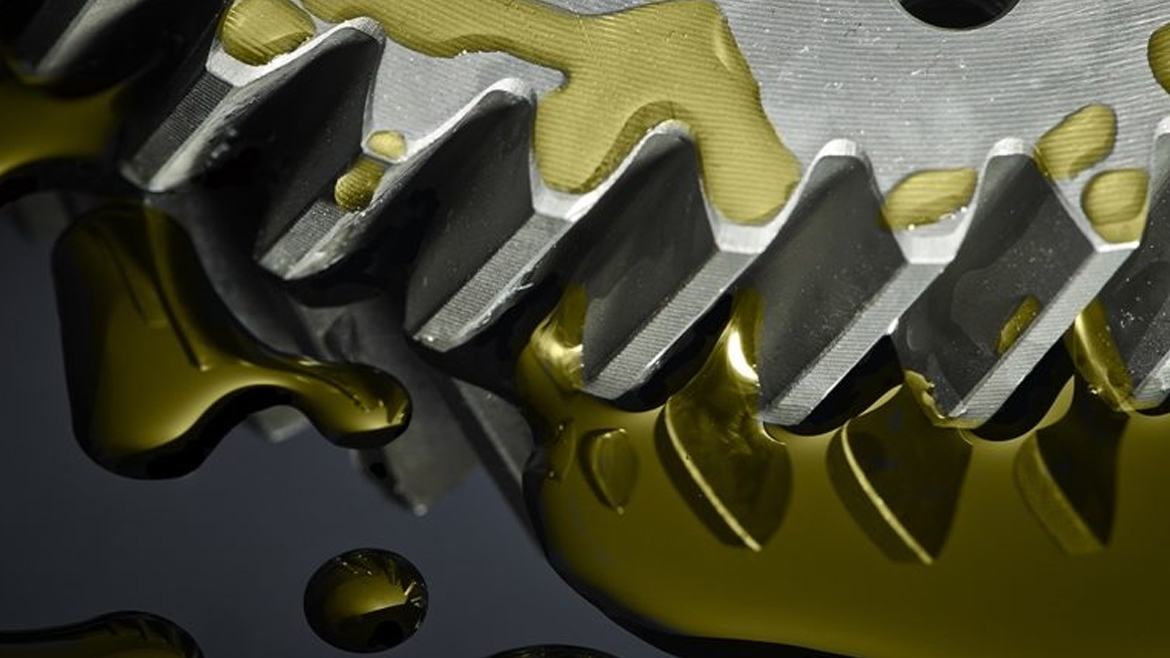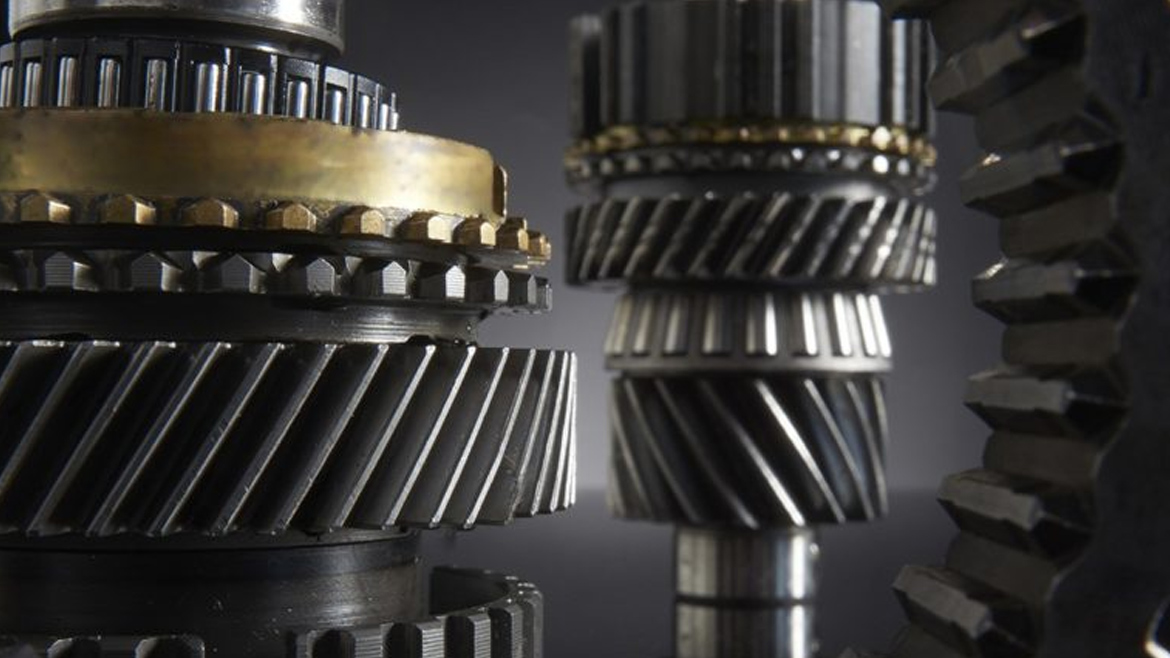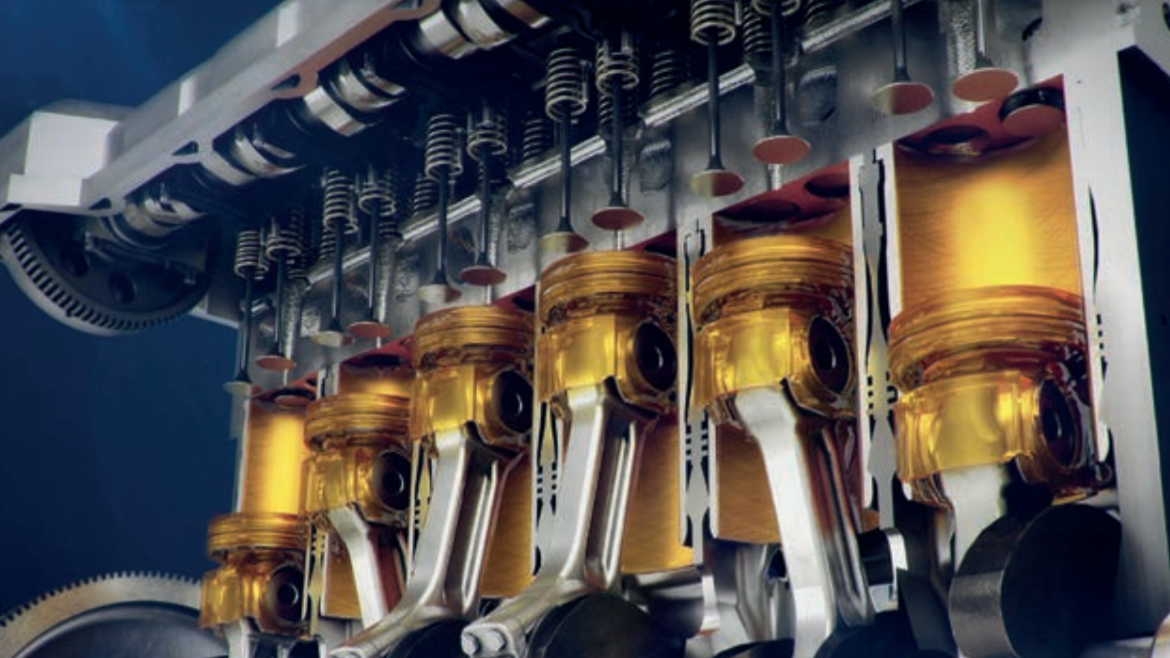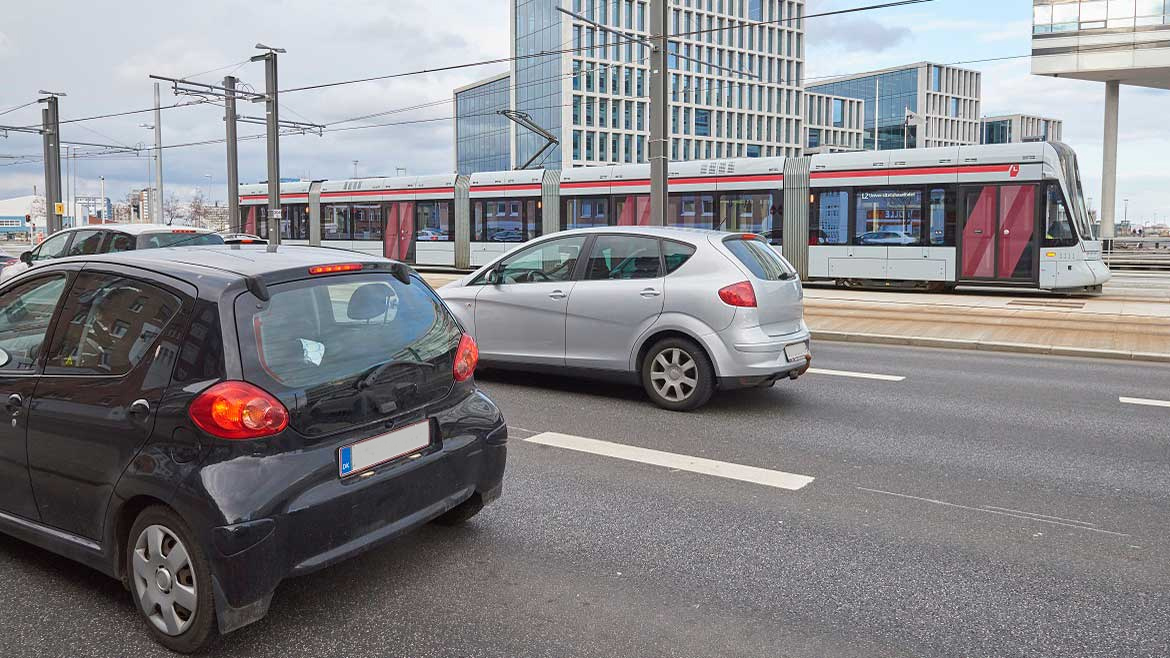In China, the dominant performance level for automotive gear lubricant used in commercial vehicles is API GL-5. A recent survey of commercial vehicle service stations indicated:
- 76 percent of the service stations install API GL-5 fluid in both manual transmissions and axles
- 40 percent of reported manual transmission failures are related to the synchronizer
- 38 percent of manual transmission failures and 40 percent of axle failures are related to seals
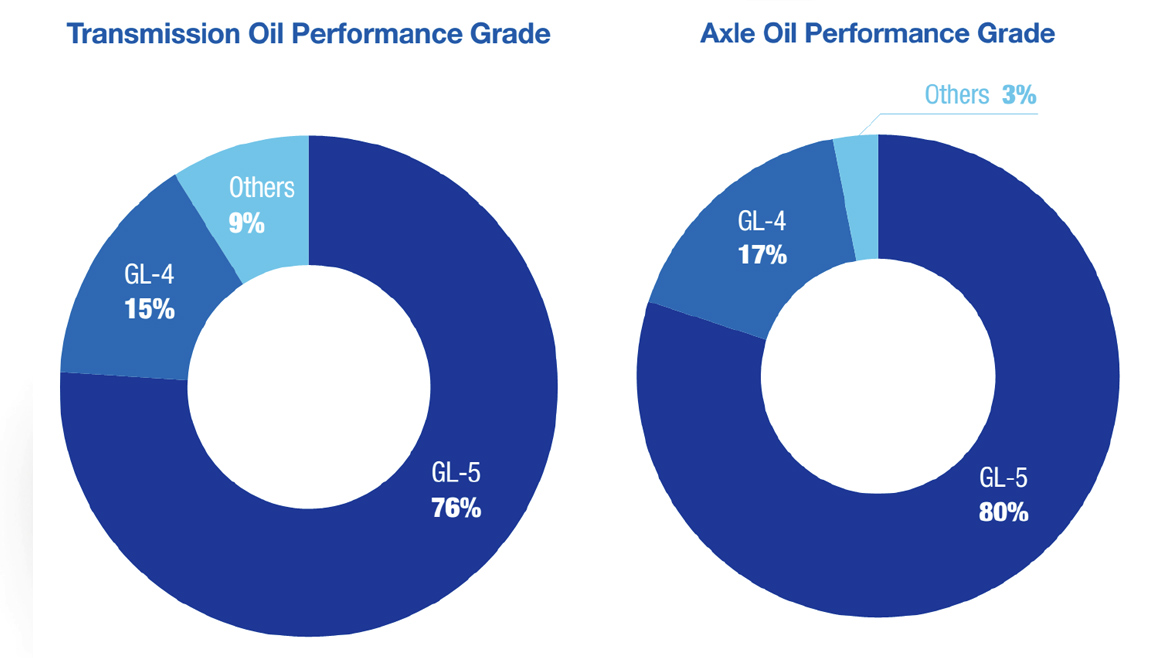
This data indicates that the end market needs a solution that provides:
- One fluid to meet the needs of both the axle and the manual transmission (fluid change behavior — total driveline)
- Synchronizer performance, not available from typical AP3.
- Improved seal protection
The survey also indicates that 42 percent of the service stations follow oil drain intervals of 20,000 - 30,000 km and 33 percent of them follow intervals of 30,000 - 50,000 km. This is far below the global market level, which is 100,000 - 1,000,000 km.
As vehicle hardware evolves to meet increasing demands for improved performance and greater durability, OEMs and end users expect higher quality fluids that can maintain their performance through longer drain intervals. Typically, these fluids require improved thermal stability to perform under a range of temperatures.
The market demands a new level of performance that exceeds the API GL-5 level, namely China GL-5 PLUS.
The performance requirements of China GL-5 PLUS could be defined in the lab bench tests. The following test results demonstrate the performance differences between China GL-5 PLUS fluid and a typical GL-5 fluid.
L-60-1, part of the SAE J2360 gear oil specification, is a standard ASTM test method to evaluate the thermal stability of automotive gear oil. The test results shown in Table 1 illustrate the differentiation between China GL-5 PLUS thermally stable gear oil and a typical API GL-5 oil.
The test clearly shows that a China GL-5 PLUS fluid improves thermal stability, which would result in longer fluid life and support increased drain intervals.
The dynamic seal test is a durability test widely adopted by industry to evaluate oil seal compatibility under anticipated operating conditions in the field. OEMs and seal makers use the dynamic seal test to evaluate potential oil candidates.


